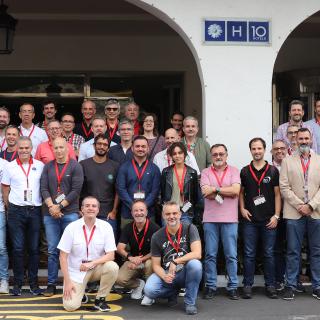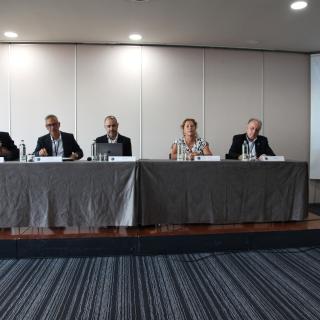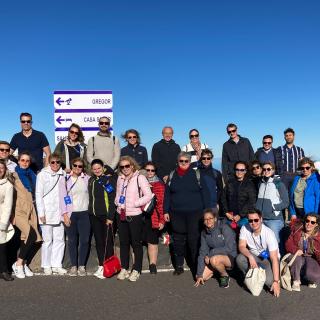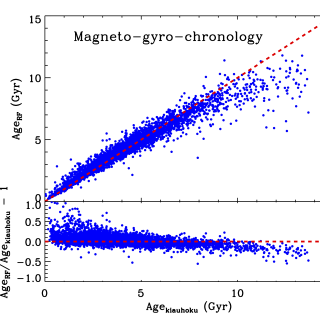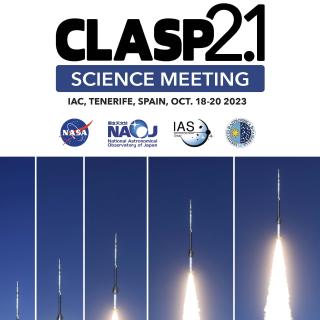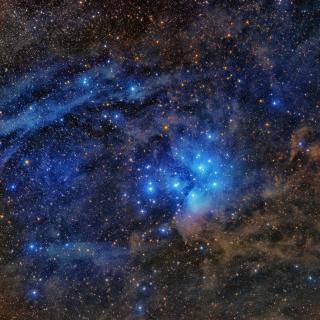
After comparative studies of a sample of almost 50 open stellar clusters of different ages in the Milky Way, research led by the Instituto de Astrofísica de Canarias (IAC) and the University of La Laguna (ULL) with collaboration by the Polytechnic University of Cartagena, shows that when these star clusters age they lose the majority of their less massive members. This result confirms that there are internal dynamical processes in open clusters caused by their long journeys through the Galaxy, which bring about the expulsion of these low mass stars. The study, published in the journal
